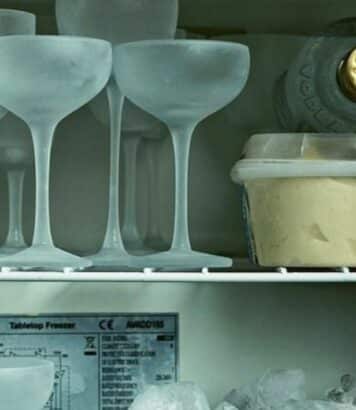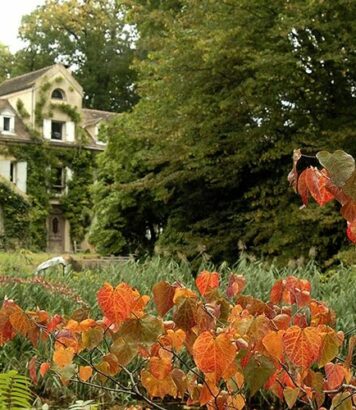Homemade marrons glacés: the easy way to make them yourself

As the festive season approaches, many people dream of making marrons glacés at home. There’s a simple, patient method for making melting, shiny, fragrant chestnuts.
The homemade method for stress-free marrons glacés
Start by choosing intact chestnuts or peeled chestnuts. Next, incise, blanch and remove the skins without pressing, as they are fragile. In addition, keep each fruit whole to prevent it from disintegrating during cooking. This is the basis for regular marrons glacés.
Prepare a clear syrup with sugar, water and vanilla. Then bring to a gentle simmer, without hard boiling, so as not to break up the fruit. Alternate bathing in syrup and
Time, syrup and gestures that change everything for marrons glacés
The secret lies in the gentleness and time. Each day, plunge the fruit back into the hot syrup, then leave it to rest for several hours. As a result, the flesh soaks in without falling apart. This is the sure way to pearly marrons glacés.
“Patience and gentleness transform a simple chestnut into a jewel.”
Use a wide saucepan to avoid shocks. However, never stir directly, preferring to roll the syrup. Also, keep an eye on evaporation and top up with sugar water to maintain a stable concentration. This stability helps marrons glacés stay soft.
At the end of the process, gently drain on a wire rack. Then glaze with a slightly thicker syrup or dust with powdered sugar for a glossy appearance. In short, leave to air-dry before storing in tins. The glazed chestnuts will then gain in strength and brilliance.
- Score the shell crosswise to make peeling easier.
- Blanch, then remove the thin skin without crushing.
- Poach over low heat in vanilla syrup.
- Alternate daily immersions and rests in a cool place.
- Dry on a wire rack, then glaze and store in a tin.
Ingredients, equipment and budget for marrons glacés
The list is short: sugar, water, vanilla. In practice, count on
Albert Ménès chestnut cream provides a creamy base for topping a log or verrines. Its even texture helps balance the sweetness of a glaze with the chewiness of candied chestnuts.
Budget-wise, homemade fruit remains reasonable compared to premium boxes. However, the cost varies according to the season and the quality of the fruit. What’s more, a little natural vanilla goes a long way.
Fresh, frozen or vacuum-packed: which to choose?
Fresh chestnuts offer a clean fragrance, but are time-consuming. Vacuum-packed chestnuts, on the other hand, are practical and consistent. For whole marrons glacés, this gain in consistency can be decisive.
Sort the fruit: no holes, no cracks. Also, save those that float for another preparation, as they are likely to break. Less breakage means less waste and clearer syrup.
Ideas for use, conservation and variants
Serve with coffee and light whipped cream. Or sprinkle a few chips over vanilla ice cream or yoghurt. In short, their syrup flavors a baba or a granita minute.
For the festive season, they are the perfect addition to a log or a dessert. A few pieces and a drizzle of syrup are all that’s needed to sign off the plate. Chestnut glacé goes well with dark chocolate and citrus fruit.
Store in an airtight tin in a cool, dry place. Avoid temperature variations that soften the coating. Chestnut glazes keep their qualities best for a few days, after which they are ready to be enjoyed.





No comments
Post a comment
Always participate in accordance with the law and with respect for others.